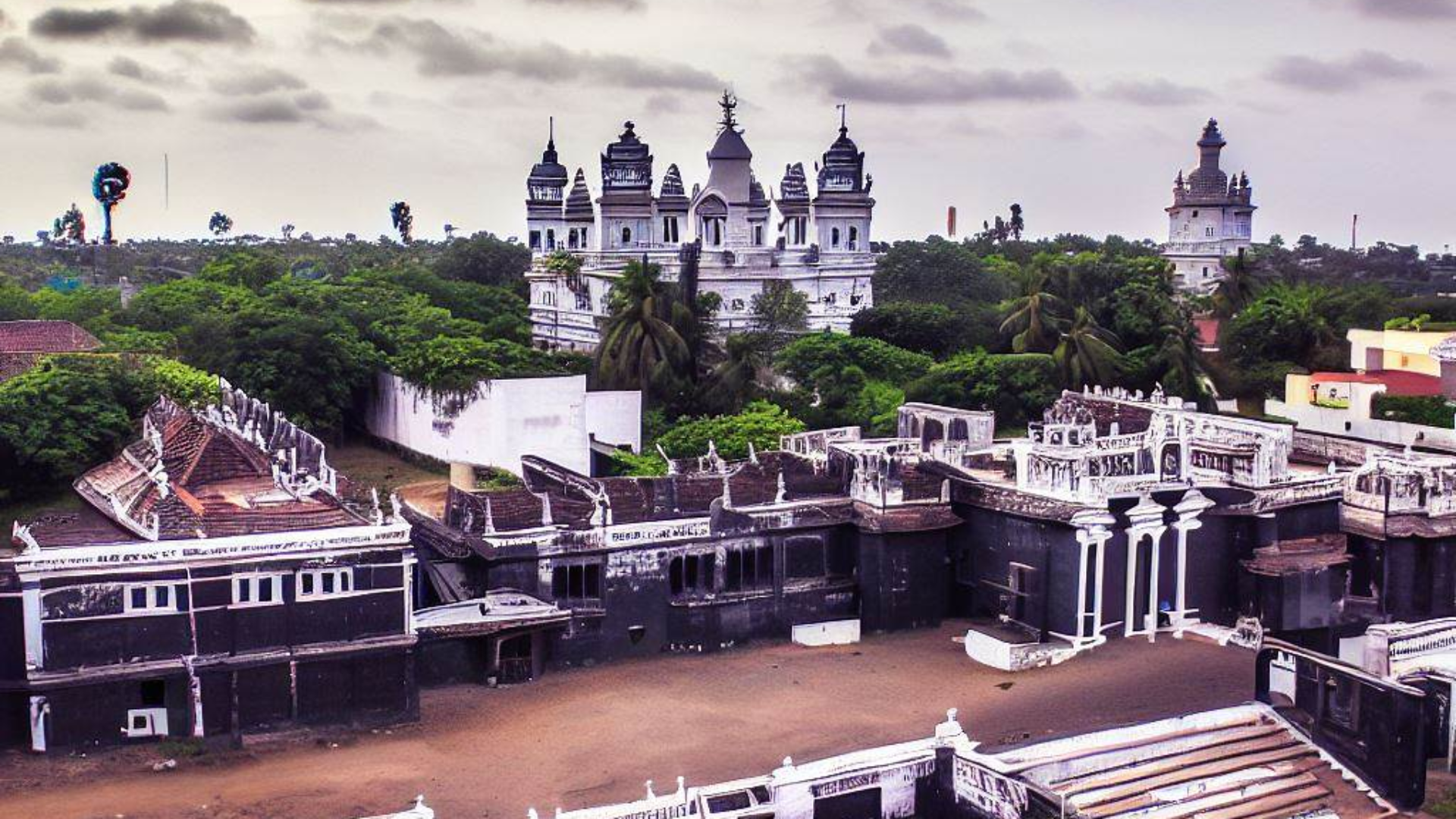As I commence writing the fifth installment of this series, I am aware that I will be delving into the historical account of the city where I presently reside. In the preceding post, we explored the significant coastal regions of India—the Malabar and the Coromandel coasts. Now, our focus will shift to a thorough examination of the settlement’s history within the Coromandel region, which is known today as Chennai.
The impact of the settlement of ‘Madras’ on Colonial India’s history cannot be overstated. However, it would be unjust to disregard the history that preceded the British settlement in Chennai.
The Chennai region has always held historical importance, as it was situated amidst the prominent Pallava towns of Mahabalipuram and Kancheepuram, which served as significant religious cities in the south. Hence, it is highly likely that prior to the English settlement, “Madras” was a vibrant place, much like many coastal towns of that time, with a thriving fishing community similar to present-day Chennai.
By the time the English turned their attention to Madras, they had already established a factory in Masulipatnam. The Coromandel Coast played a crucial role for European traders as a gateway into the subcontinent and as a stopover on their journey to Java and Batnam. Therefore, it became imperative for the East India Company to gain more control in this region, especially considering their existing trade with Southeast Asia.
Madras, the city we now know, came into existence in the 1640s under the leadership of Francis Day and Andrew Cogan, who played pivotal roles in establishing the Masulipatnam factory. Their first challenge was to obtain permission to establish the factory, as the region was under the control of the Vijayanagara Empire. It was in 1642 when Francis Day secured this permission, marking the beginning of the journey towards modern-day Chennai.
The earliest British establishment in Chennai was the St. George’s Fort, colloquially known as the White Town. The fort served as the operational base for the East India Company and facilitated trade, particularly with Southeast Asia, including the islands of Java and Batnam. It played a significant role in establishing England as a major player in the Spice Trade, although it wasn’t yet dominant.
Now that we have discussed how the British gained control of Madras, it is important to consider another aspect of the town—the local inhabitants. While the White Town housed European merchants and East India Company officials, the manpower required to run such an operation was largely provided by the indigenous population residing around the fort. Many had migrated in search of a better life and improved wages.
As this indigenous population grew north of the fort, it developed into what became known as the Black Town. Initially, there were minimal divisions between the two communities, but over a few decades, the fortification of the Inner Fort isolated it from the outside world, surrounded by brick walls.
The Black Town had its own wonders, such as the Company Garden and the Chenna Kesava Perumal temple. Thomas Salmon, an English historian who visited Madras in the early 18th century, described the Black Town as follows:
“Portuguese, Indians, Armenians, and a great variety of other people… better than a mile and a half in circumference, being surrounded with a brick wall seventeen feet thick, with bastions at proper distances; it also has a river on the west and a sea on the east; and to the northward, a canal is cut from the river to the sea, which serves for a moat on that side… The streets are wide, and trees planted in some of them; and having the sea on one side and the river on the other, there are few towns so pleasantly situated.”
Regrettably, the original Black Town lost its charm a few decades after Thomas Salmon’s visit due to conflicts between the English and the French. In 1756, the Old Black Town came to an end as the Company decided they needed an open space between themselves and the indigenous Madras. The New Black Town was established further away and is now known as George Town, having been renamed in 1911.
As for the White Town or St. George’s Fort itself, ironically, the establishment that once served as the center of European power is now occupied by the Tamil Nadu assembly.

Leave a Reply